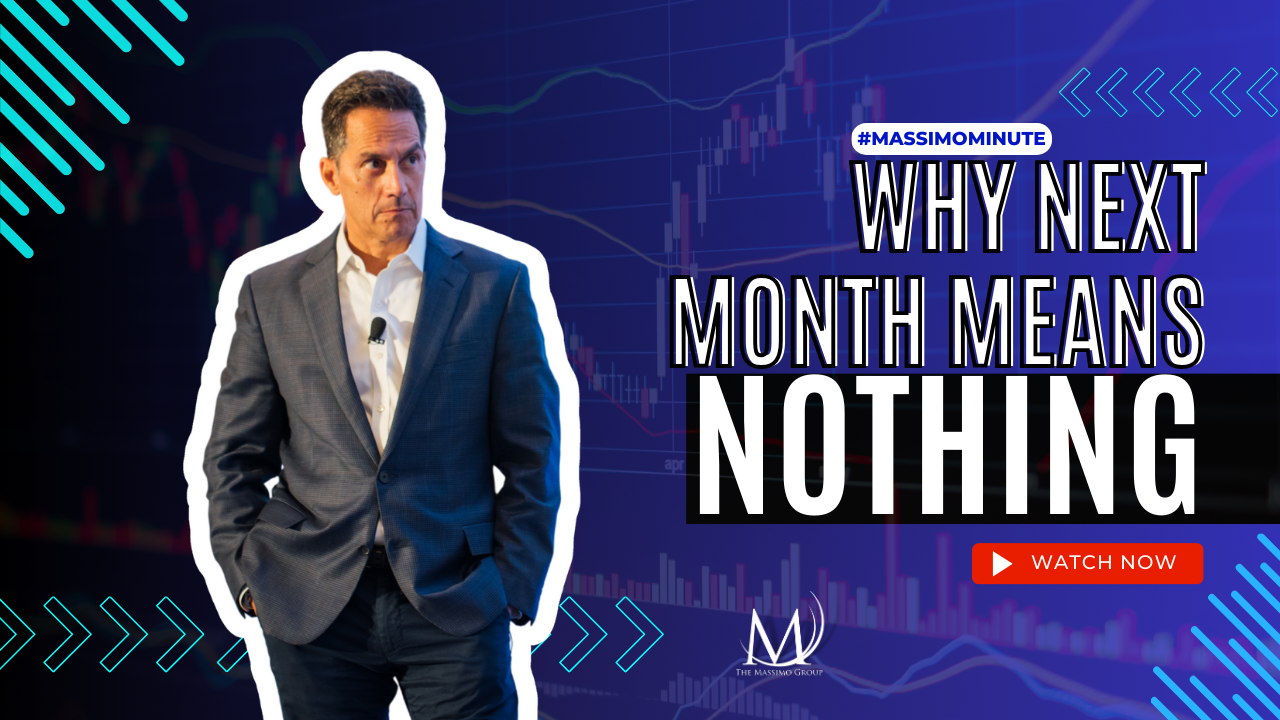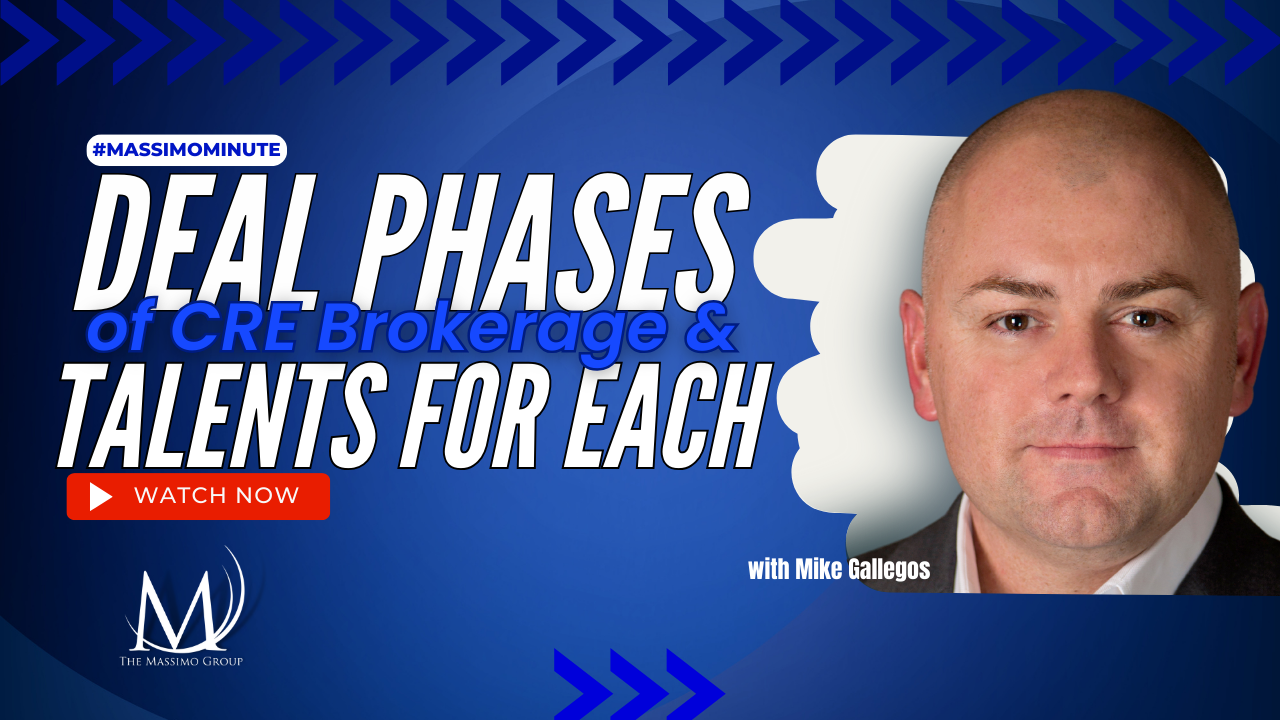This guest post is part of a series on the topic of online lead generation for CRE brokers and firms. It is written by Greg Schraff, Managing Director, digetry, LLC – digital strategy and marketing company. The Massimo Group has had much success working with digetry related to their digital strategies.
A previous post on lead conversion covered what to do after capturing a lead.
In this post we are going to cover how to know where your prospects are on the sales cycle and identify the best marketing message to use in order to capture their attention.
A database of your contacts is the nerve center of all your marketing efforts. Your contact database can inform and guide how you engage with your current leads and all future prospects as well.
A contacts database provides easy access to all the information you need to understand and engage with your current leads to provide more personalized, one-to-one communication.
Sales and marketing can use the data within the contacts database to better message and sell to the prospects, turning more of your qualified leads into customers.
For your contacts database to provide value, however, it needs to be set up correctly. Simply tossing leads into a generic list of names and email addresses won’t help you very much.
What you want to do is segment your leads into groups that have similar characteristics so that you can target these groups with messaging that speaks directly to their needs and wants.
There are two primary points of segmentation:
1) Where the lead is on the buying cycle, or customer journey, and
2) What segment, or persona, the lead belongs to
- The basic information you need is obvious, but you do need one piece of information you can use to identify the contact as unique. This is typically someone’s email address. So at the very least you need an email address and their first and last name.
- From here, the additional information you collect depends upon your particular CRE focus. Is it important to have your prospects physical address? If you want to segment your leads by geography, the answer is yes.
- What about age? Job title? Start with your customers and create a list of attributes that you need to know about them to identify someone as a prospect for your product or services. These attributes become the core set of information you need to collect to be able to segment your leads.
- Then look at your prospects, what are the qualities and characteristics of the people you know are interested in working from you?
- Next, pull out different qualities each of your customer segments, or personas, shares.
- What are the unique qualities or properties you listen for in the qualification process?
- What do you already know about the data that goes into the purchase decision of your typical customer?
- What information would help you market to your prospects more effectively?
From here you can layer in other types of information that will allow you to group your leads into more specific segments that will help you market more directly to their needs.
For example, you can include information about where the lead is on the buying journey – consideration phase, evaluation phase, buying phase, etc.
You can also associate a lead with a particular type of prospect that you know exists for what you offer.
For example, you may identify your prospects by whether they are new to commercial real estate or experienced.
A centralized contact profile, and the contextual advantage of marketing to your leads with all the information available in your contacts database, will serve to power all your marketing efforts.
No one ever drifted to the success they wanted – they created a plan and set goals. Get the step-by-step proven methodology and workbook to make 2019 your best CRE year yet.





